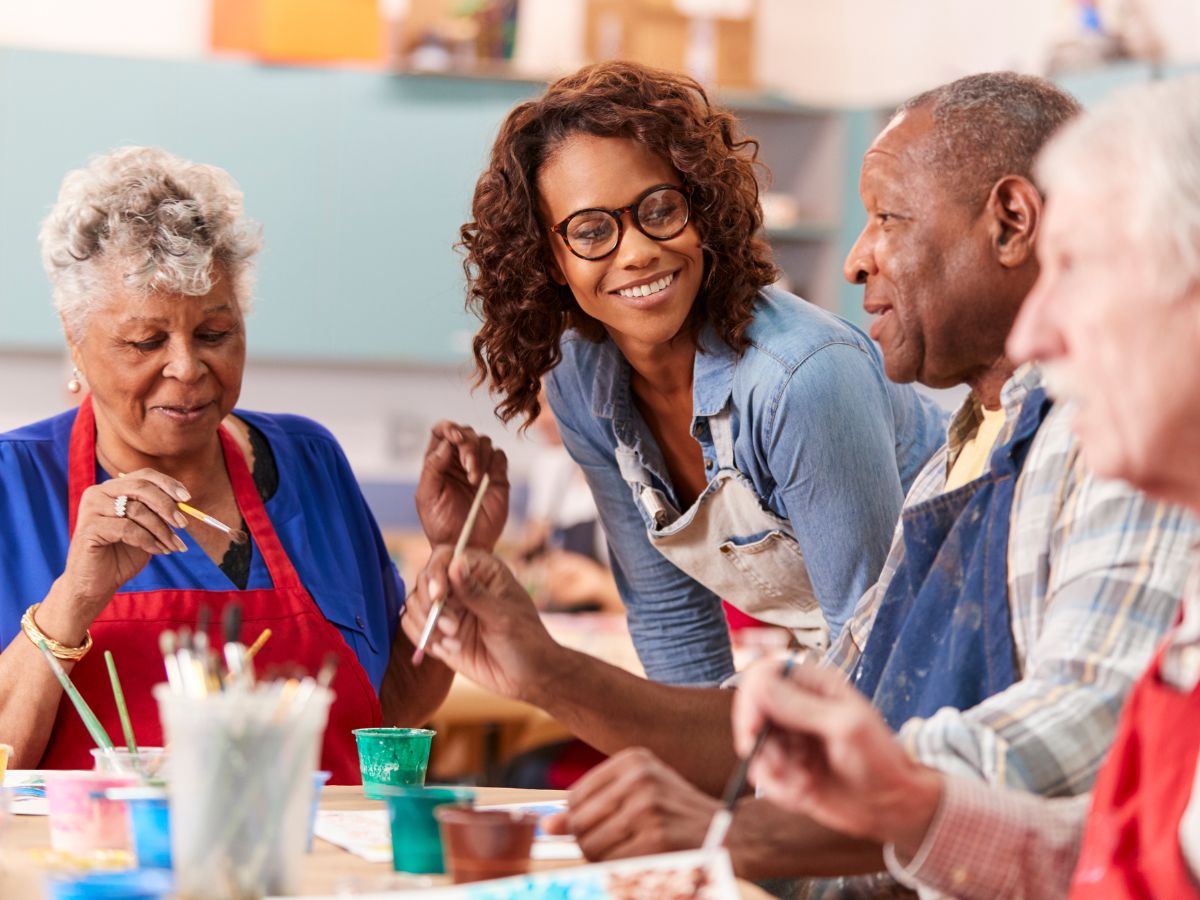
Unsold High-Value Art: 8 Strategies for Gallery Owners
As an art gallery owner, the fear of not selling high-value artworks can be awful. However, with the right strategies, you can navigate this challenge and turn it into an opportunity for growth. Here are some practical approaches to lessen this fear and improve your gallery’s success.








